Home>Articles>How To Determine If A Smoke Detector Needs A New Battery
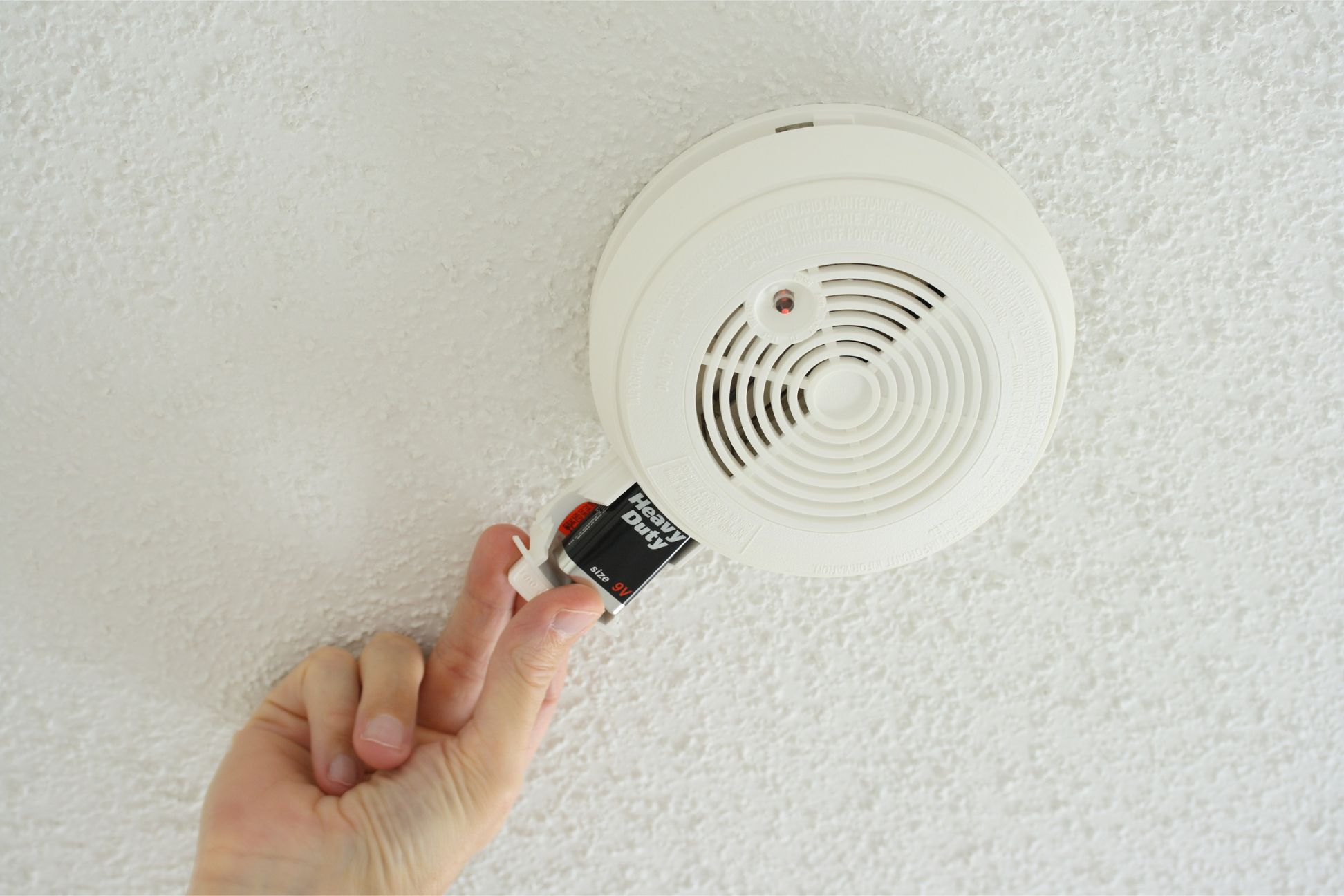

Articles
How To Determine If A Smoke Detector Needs A New Battery
Modified: February 24, 2024
Learn how to determine if a smoke detector needs a new battery with our informative articles. Ensure your home's safety with these helpful tips.
(Many of the links in this article redirect to a specific reviewed product. Your purchase of these products through affiliate links helps to generate commission for Storables.com, at no extra cost. Learn more)
Introduction
Welcome to the comprehensive guide on how to determine if a smoke detector needs a new battery. Smoke detectors are a crucial component of home safety, alerting us to the presence of smoke and potential fire hazards. However, to ensure their effectiveness, proper maintenance is essential, including regular battery replacement.
Smoke detectors are designed to detect smoke particles in the air and emit a loud alarm to alert occupants of a potential fire. They provide an early warning system, giving people valuable time to evacuate and reducing the risk of injury or loss of life. However, without a functional battery, a smoke detector becomes useless and fails to fulfill its life-saving purpose.
Understanding the importance of properly functioning smoke detectors and knowing when to replace the batteries is vital for every homeowner or tenant. In this guide, we will explore the signs of a low battery, the steps to determine battery life, and how to replace the battery in your smoke detector, ensuring your home remains protected at all times.
Key Takeaways:
- Regular maintenance and timely battery replacement are essential for ensuring smoke detectors function optimally, providing early warning and peace of mind for homeowners.
- Understanding the signs of a low battery and following simple steps for battery replacement can help maintain the effectiveness of smoke detectors, enhancing home safety.
Understanding Smoke Detectors
Before delving into determining if a smoke detector needs a new battery, it’s essential to have a basic understanding of how smoke detectors work. Smoke detectors are typically small, round devices mounted on walls or ceilings in residential and commercial buildings. They contain a smoke sensor that detects the presence of smoke particles and triggers an alarm to alert occupants.
There are two main types of smoke detectors: ionization and photoelectric. Ionization smoke detectors use a small amount of radioactive material to ionize the air inside the detector. When smoke enters the chamber, it disrupts the flow of ions, triggering the alarm. These detectors are particularly sensitive to fast-burning, flaming fires.
On the other hand, photoelectric smoke detectors use a beam of light within the detector. When smoke particles enter the chamber, they scatter the light, causing it to hit a photocell and trigger the alarm. Photoelectric detectors are more responsive to slow-burning, smoldering fires.
Both ionization and photoelectric smoke detectors are effective in detecting fires, but it’s recommended to have a combination of both types in your home for maximum safety. This ensures a greater chance of early detection regardless of the type of fire that may occur.
Smoke detectors are powered either by batteries or hardwired into the electrical system of the building. Battery-operated smoke detectors are more common in residential settings, providing independent operation during power outages. It is important to note that battery-powered smoke detectors still require regular maintenance and battery replacement to function optimally.
Importance of Regular Maintenance
Regular maintenance of smoke detectors is crucial to ensure their reliable operation and to keep your home safe from fire hazards. Neglecting the maintenance of your smoke detectors can lead to false alarms, reduced sensitivity, or even complete failure, putting you and your loved ones at risk.
Here are a few reasons why regular maintenance of smoke detectors is important:
- Early Detection: A well-maintained smoke detector increases the chances of early fire detection. Regular maintenance ensures that the detector is functioning correctly and can quickly detect the presence of smoke or fire, providing an early warning to evacuate the premises.
- Reliable Operation: Smoke detectors are electronic devices that require proper care and maintenance to function reliably. Regular maintenance, including battery checks and cleaning, helps ensure that the detector is in proper working condition and reduces the risk of false alarms or malfunctions.
- Extended Lifespan: Regular maintenance can extend the lifespan of your smoke detectors. By keeping them clean, replacing batteries as needed, and conducting routine inspections, you can maximize their effectiveness and durability, ultimately saving you money on replacements in the long run.
- Compliance with Safety Standards: Many building codes and safety regulations require regular maintenance and testing of smoke detectors. By staying on top of maintenance tasks, you ensure that your home remains compliant with these standards and regulations, which is especially crucial if you plan to sell or rent your property.
- Peace of Mind: Knowing that your smoke detectors are properly maintained and functioning optimally provides peace of mind, allowing you and your family to sleep soundly at night, knowing you have a reliable early warning system in place.
Regular maintenance of smoke detectors should be a part of your overall home safety routine. By dedicating a few minutes of your time to ensure their proper operation, you can significantly reduce the risk of fire-related accidents and increase the safety of your home.
Signs of a Low Battery
It is important to recognize the signs of a low battery in your smoke detector to ensure timely replacement. A low battery can compromise the functionality of the detector, resulting in a decreased ability to detect smoke or fire. Here are some common signs that indicate your smoke detector may need a new battery:
- Chirping Sound: A chirping sound is one of the most noticeable signs of a low battery in a smoke detector. When the battery is running low, the detector emits a periodic chirp to alert you that it’s time for a replacement. It is crucial to address this sound promptly as it indicates that the battery power is nearing depletion.
- Inconsistent Alarm Activation: If you notice that the smoke detector alarm is activating intermittently or not at all when you test it, it may be a sign of a low battery. The decreased power supply can compromise the detector’s ability to function properly, resulting in unreliable alarm activation.
- Dim or Flashing Lights: Some smoke detectors have a built-in indicator light that flashes periodically to indicate normal operation. If you notice that the light is dim or flashing irregularly, it could be a sign of a low battery.
- Age of Battery: If you cannot remember the last time you replaced the battery in your smoke detector, it is a good idea to err on the side of caution and assume the battery is low or near its end of life. Smoke detector batteries typically have a lifespan of 6 to 12 months, depending on the type and usage.
- Battery Testing: Most smoke detectors come with a test button that allows you to check their functionality. If you test the detector and it fails to emit a strong and continuous alarm sound, it could be an indication that the battery is low and needs replacement.
It is important not to ignore or underestimate the signs of a low battery in your smoke detector. Promptly replacing the battery when needed ensures that your detector remains fully operational, providing you and your family with reliable protection against fire hazards.
Test your smoke detector by pressing the test button. If it beeps, the battery is still good. If it doesn’t beep, replace the battery.
Steps to Determine Battery Life
To accurately determine the battery life of your smoke detector, you can follow these simple steps:
- Check the User Manual: Start by referring to the user manual or documentation that came with your smoke detector. It should provide specific information regarding the recommended battery replacement interval and any unique features or requirements of your particular detector model.
- Inspect the Battery: Open the smoke detector cover to access the battery compartment. Inspect the battery for any signs of corrosion, leakage, or damage. If you notice any of these, replace the battery immediately, as it could compromise the functionality of the detector.
- Record the Installation Date: If the installation date of the battery is not already documented, write down the date of the current battery installation. This will help you keep track of its lifespan and determine when it’s time for a replacement.
- Note the Battery Type: Take note of the type of battery your smoke detector uses. It is typically a 9-volt alkaline battery, but certain models may require different types, such as lithium or rechargeable batteries.
- Reset the Detector: If your smoke detector has a reset button, press and hold it for a few seconds to reset the detector and clear any false alarms or error codes. This will ensure that the detector is ready to accurately measure the battery life.
- Monitor the Detector: After resetting the detector, observe its performance over time. Pay attention to any chirping sounds, irregular alarm activation, or dimming indicator lights, as these may indicate a low battery.
- Set Reminders: Use a calendar or smartphone app to set reminders for regular battery checks. Depending on the manufacturer’s recommendation, plan to inspect the battery every six to twelve months. These reminders will help you stay proactive in maintaining your smoke detector’s functionality.
By following these steps, you can effectively determine the battery life of your smoke detector and stay on top of battery replacements. Regular inspections and monitoring ensure that your detector remains in optimal condition and provides reliable protection against potential fire hazards.
Read more: How To Put A Battery In A Smoke Detector
Replacing the Battery
Replacing the battery in your smoke detector is a simple process that ensures the continued functionality of the detector. Here are the steps to replace the battery:
- Prepare a Replacement Battery: Purchase a new battery suitable for your smoke detector’s requirements. Most smoke detectors use a 9-volt alkaline battery, but check the user manual or documentation for specific instructions on the recommended battery type.
- Select a Convenient Time: Choose a time when you can dedicate a few minutes to replace the battery without interruption. Avoid doing it during late-night hours or when you may be rushed.
- Notify Household Members: Inform everyone in the household about the planned battery replacement to avoid confusion or alarm caused by the temporary removal of the detector during the process.
- Turn Off Power (If Hardwired): If your smoke detector is hardwired into the electrical system, turn off the power at the circuit breaker before proceeding to ensure safety during the battery replacement.
- Remove the Detector Cover: Gently remove the cover of the smoke detector. Most covers can be easily twisted or slid off, while others may require releasing clips or screws. Refer to the user manual for specific instructions on removing the cover of your detector model.
- Remove the Old Battery: Carefully remove the old battery from the compartment, paying attention to any labels or markings that indicate the correct orientation. Dispose of the old battery properly according to local regulations and guidelines.
- Insert the New Battery: Insert the new battery into the compartment, ensuring it is securely in place. Again, follow any instructions or markings regarding the correct orientation of the battery.
- Replace the Detector Cover: Put the detector cover back into position, aligning it properly, and securing it according to the instructions for your specific detector model. Make sure the cover is firmly in place but avoid overtightening or damaging any components.
- Test the Detector: After replacing the battery and securing the cover, test the smoke detector by pressing and holding the test button. The alarm should sound to confirm proper operation. If the alarm doesn’t sound, double-check the battery installation and the detector’s reset button.
- Restore Power (If Applicable): If you turned off the power at the circuit breaker earlier, restore the power to the smoke detector now that the battery replacement is complete. Follow the proper electrical safety precautions during this step.
Following these steps ensures a smooth and successful battery replacement process for your smoke detector. By staying proactive in maintaining your smoke detector, you can have peace of mind knowing that it will function reliably and provide early warning in the event of a fire.
Additional Tips
In addition to regular maintenance and battery replacement, here are some additional tips to keep in mind for optimal smoke detector performance:
- Clean the Detector: Dust and debris can accumulate on the sensor or inside the detector over time, impeding its functionality. Use a soft brush or vacuum cleaner attachment to gently clean the exterior and interior of the detector periodically. Avoid using harsh cleaning agents or liquids, as they can damage the detector.
- Test the Detector Monthly: Testing your smoke detector monthly helps ensure that it is functioning properly. Press and hold the test button on the detector to activate the alarm. If the alarm sound is weak or non-existent, replace the battery and test it again. Document the results of your monthly tests to keep track of the detector’s performance.
- Install Smoke Detectors in the Right Locations: Place smoke detectors on every level of your home, including the basement and attic. Install them near bedrooms and sleeping areas, as well as in common areas such as living rooms and hallways. Mount the detectors on ceilings or high on walls, away from corners and vents where airflow might interfere with their operation.
- Keep Detectors Away from Obstructions: Ensure that the detectors are not obstructed by curtains, furniture, or other objects that might hinder smoke detection. Open spaces allow smoke to reach the sensors more easily, providing early detection.
- Create an Escape Plan: Develop a fire escape plan for your household. Regularly review and practice the plan with all members to ensure everyone knows the evacuation routes and meeting points. Remember, a smoke detector is only effective if you respond promptly to its alarm.
- Replace Smoke Detectors Regularly: Smoke detectors have a lifespan of about ten years. After this time, their sensors may become less sensitive, reducing their effectiveness. Replace your smoke detectors after ten years to ensure optimal performance.
- Consider Smart Smoke Detectors: Smart smoke detectors offer additional features, such as connectivity to your home’s Wi-Fi network and the ability to send notifications to your smartphone in case of an alarm. They may also include features like integration with smart home systems or the ability to silence false alarms remotely.
- Maintain a Fire-safe Environment: Preventive measures such as keeping flammable items away from heat sources, regularly checking electrical wiring for wear or damage, and having fire extinguishers readily available can complement the effectiveness of smoke detectors, reducing the risk of fires in your home.
By following these additional tips, you can ensure that your smoke detectors are properly maintained, tested, and positioned for optimal performance. Taking these precautions will help keep your home and loved ones safe by providing early detection and warning in the event of a fire.
Conclusion
In conclusion, regularly checking and replacing the batteries in your smoke detectors is crucial for maintaining a safe and protected home. By understanding how smoke detectors work and recognizing the signs of a low battery, you can ensure that your detectors are always ready to detect and alert you to potential fire hazards.
Regular maintenance, such as cleaning the detectors and conducting monthly tests, goes hand in hand with battery replacement. These simple actions can significantly increase the lifespan and effectiveness of your smoke detectors, providing you and your family with reliable early warning in the event of a fire.
Remember to consult your smoke detector’s user manual for specific recommendations on battery replacement and maintenance. Set reminders to regularly inspect and replace batteries, and document these tasks for a comprehensive record of your smoke detector maintenance history.
Lastly, consider implementing additional safety measures such as creating a fire escape plan, keeping detectors away from obstructions, and maintaining a fire-safe environment throughout your home. Taking these precautions will further enhance the effectiveness of your smoke detectors and minimize the risk of fire-related incidents.
By prioritizing the maintenance and care of your smoke detectors, you are proactively safeguarding your home, your loved ones, and your peace of mind. Stay vigilant, stay safe!
Frequently Asked Questions about How To Determine If A Smoke Detector Needs A New Battery
Was this page helpful?
At Storables.com, we guarantee accurate and reliable information. Our content, validated by Expert Board Contributors, is crafted following stringent Editorial Policies. We're committed to providing you with well-researched, expert-backed insights for all your informational needs.
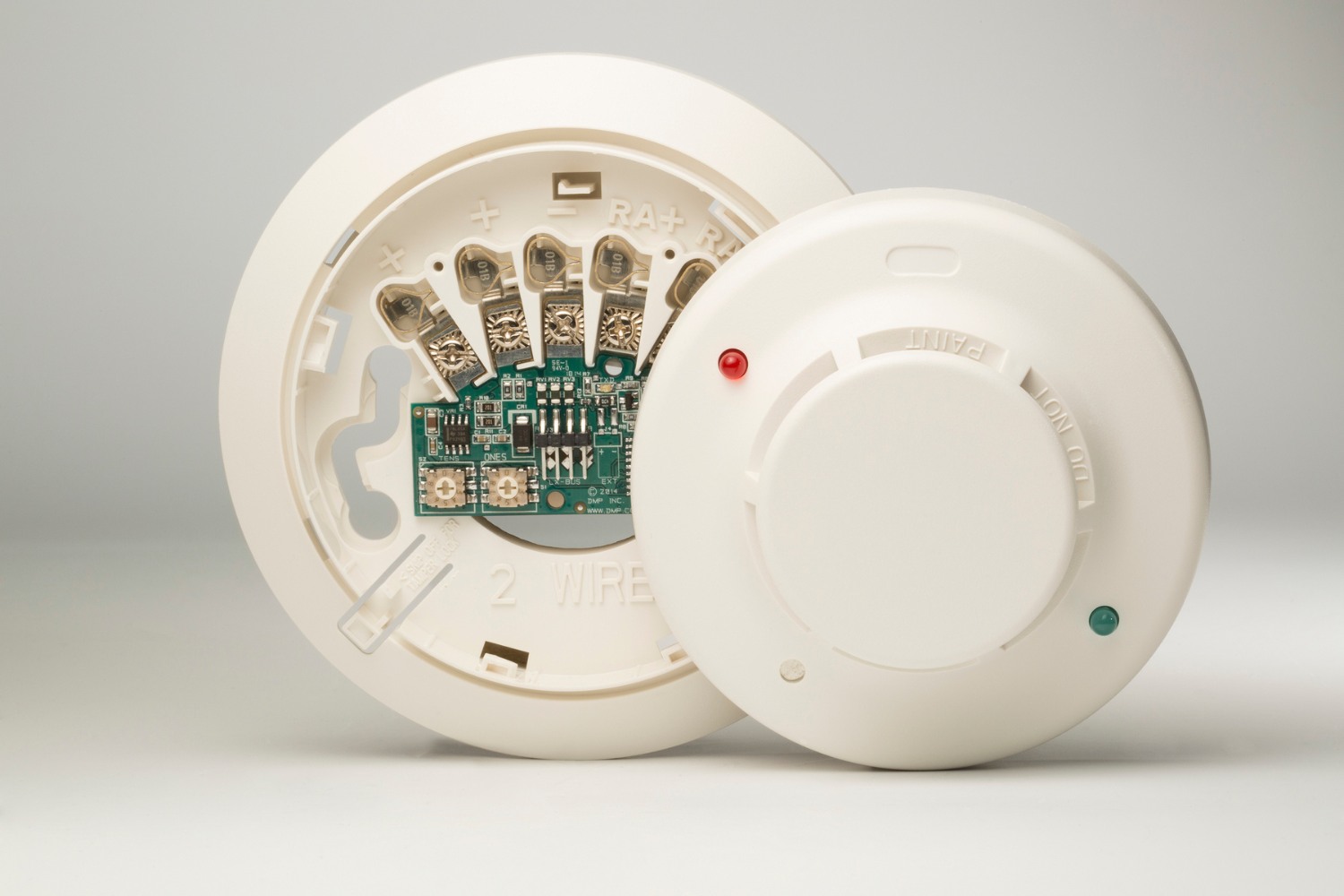
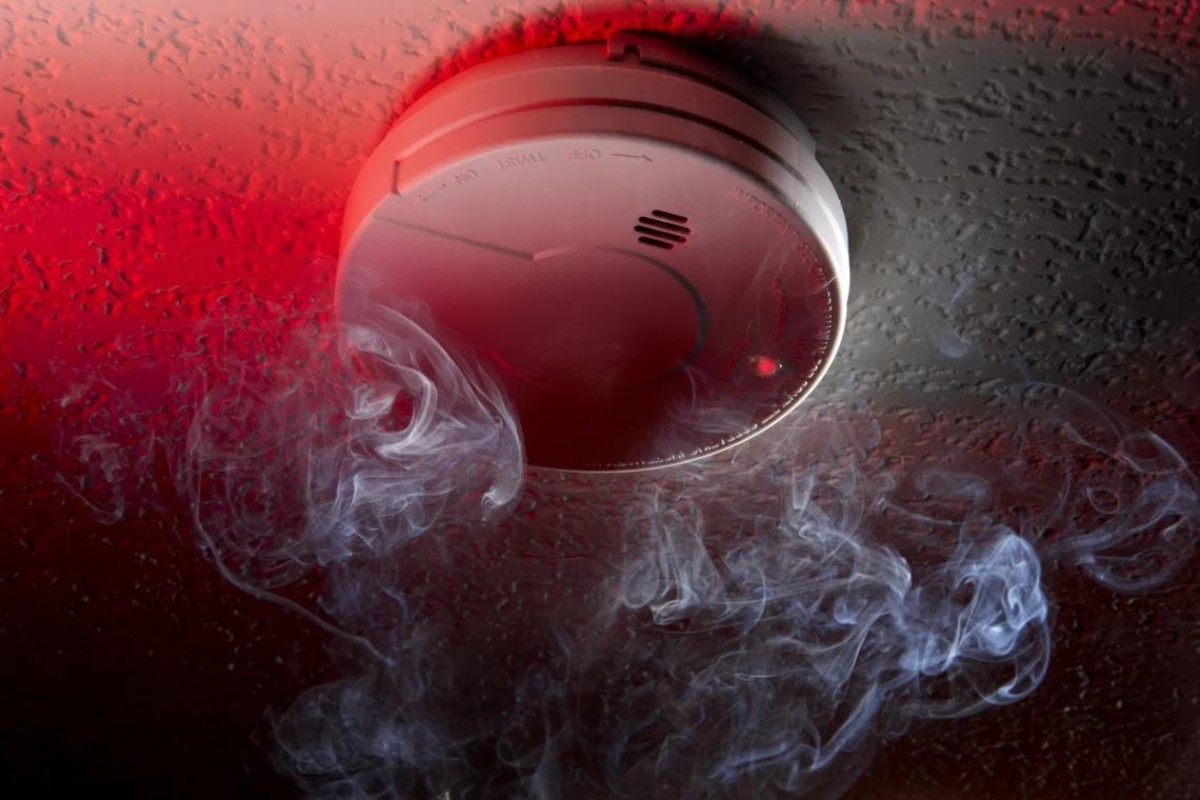
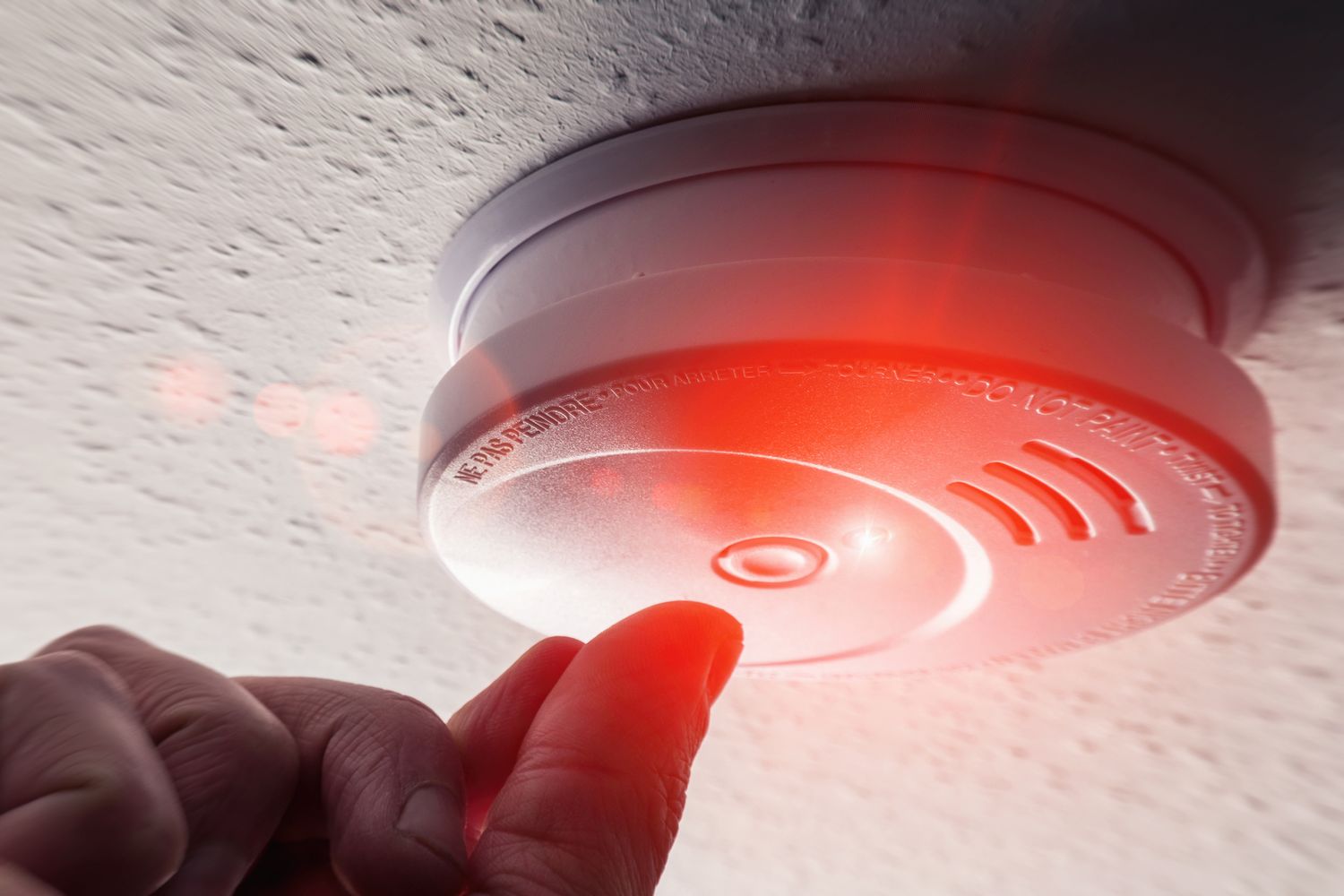
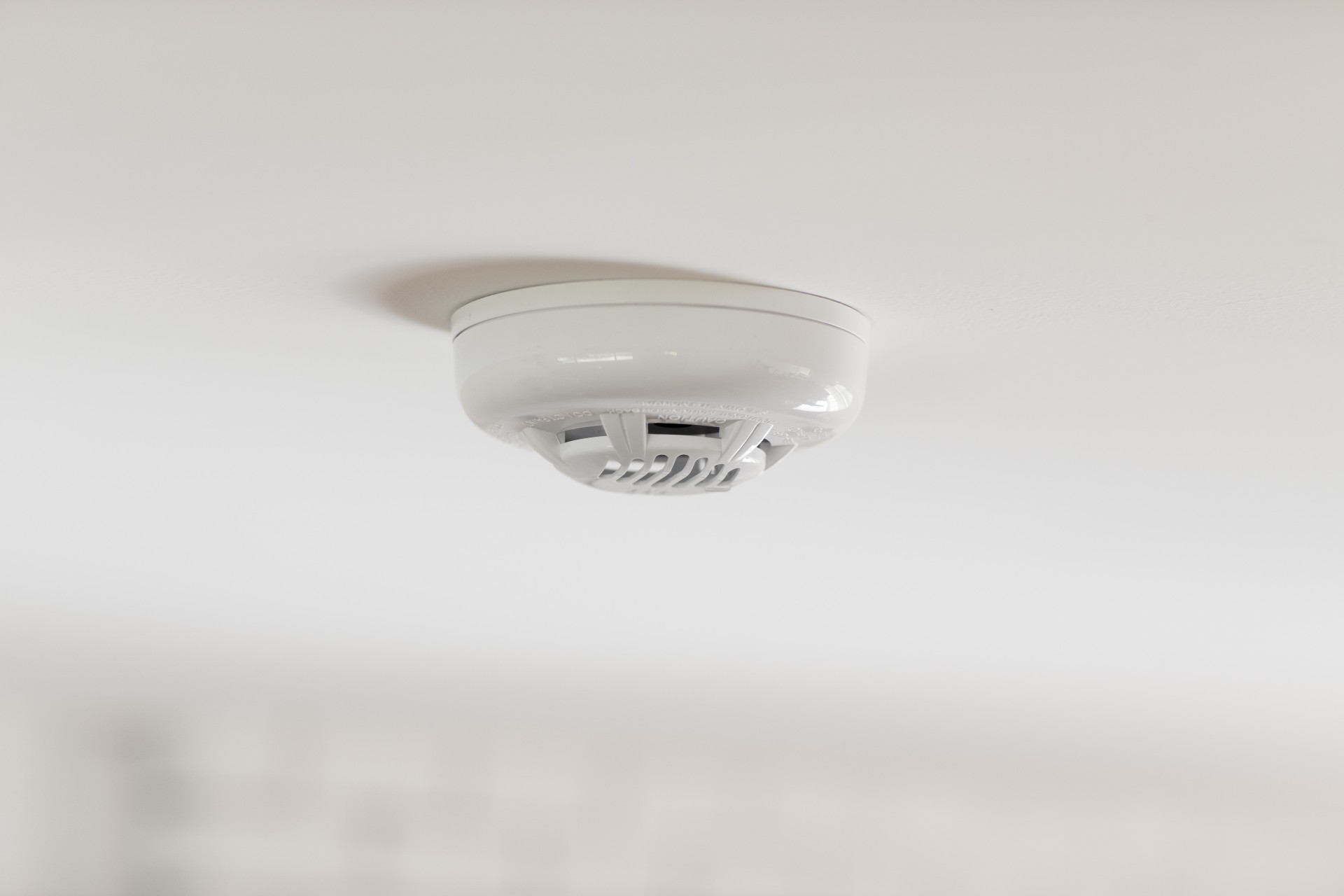
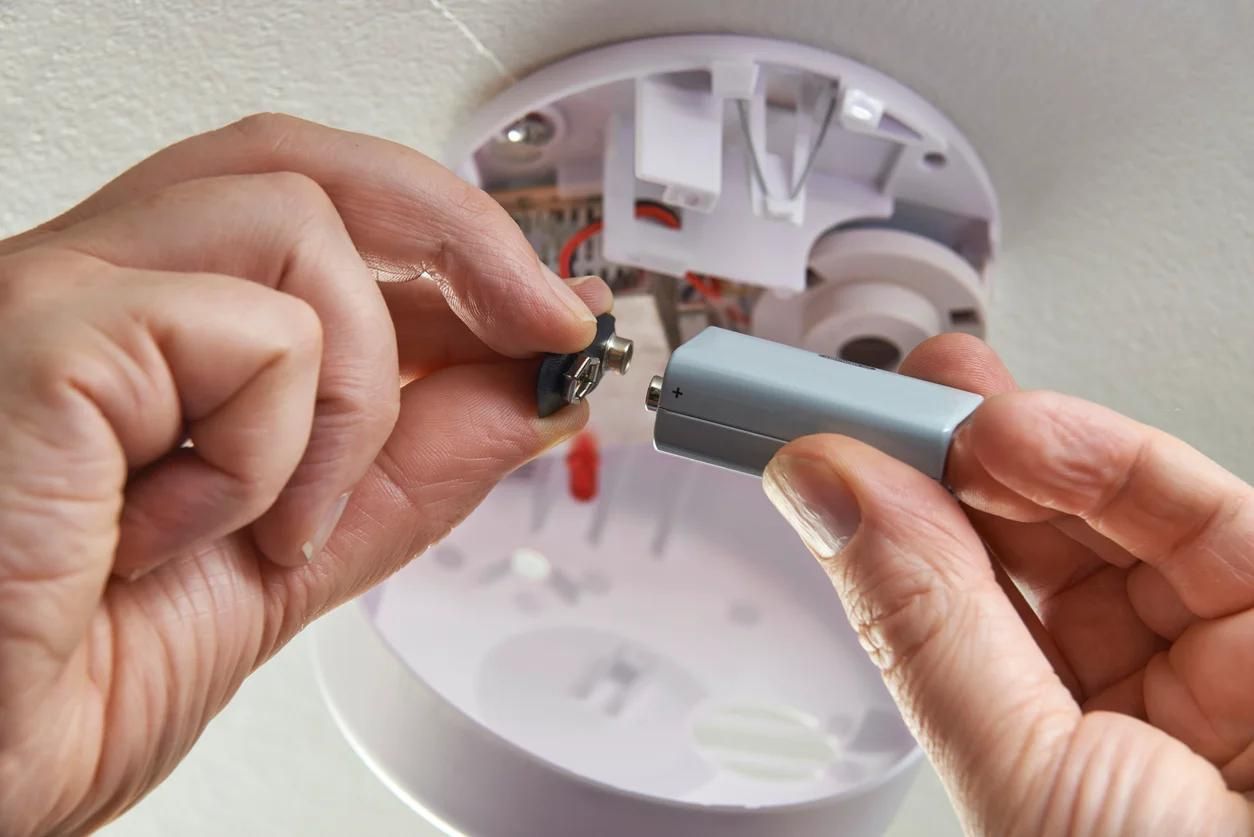
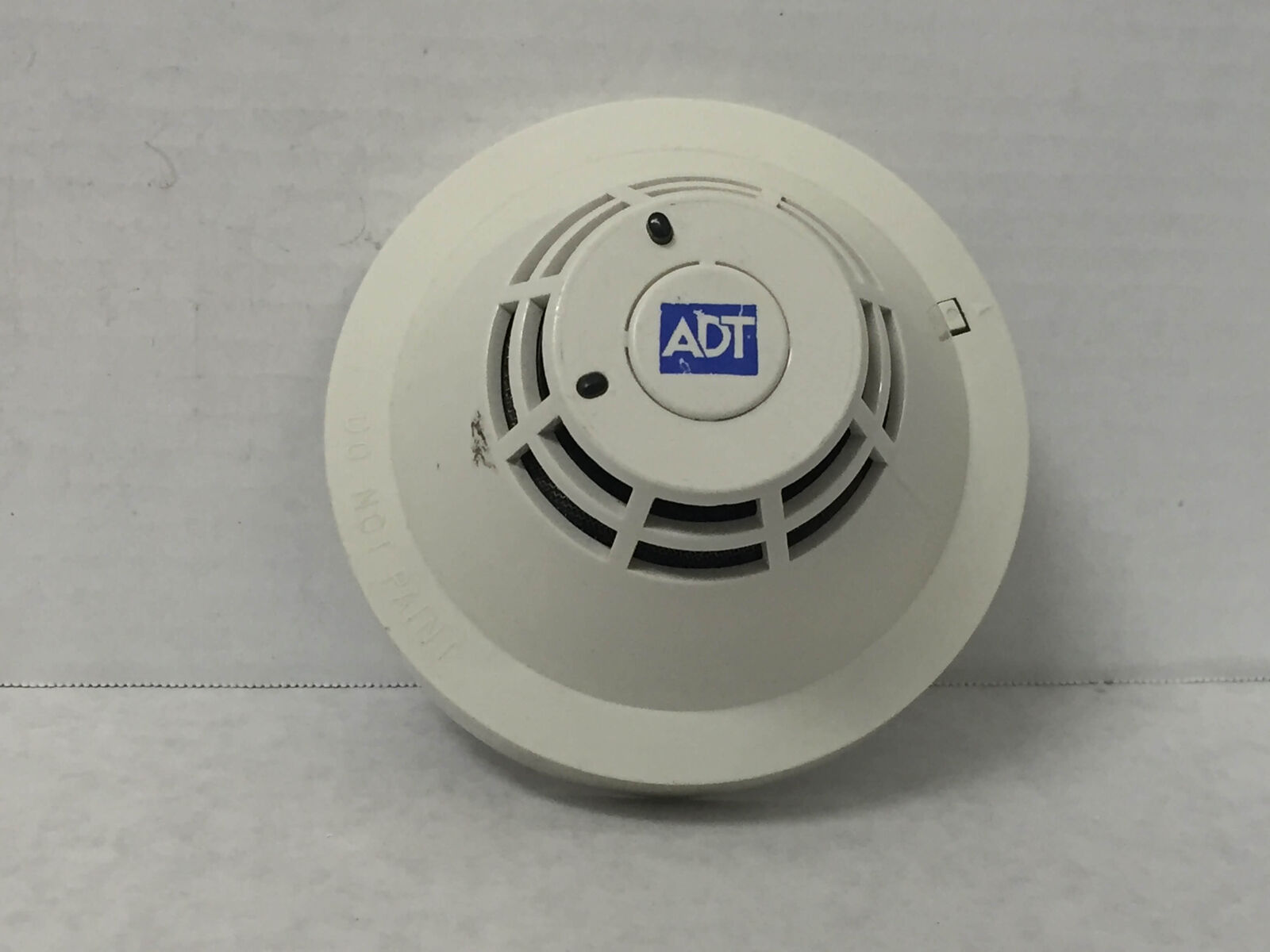
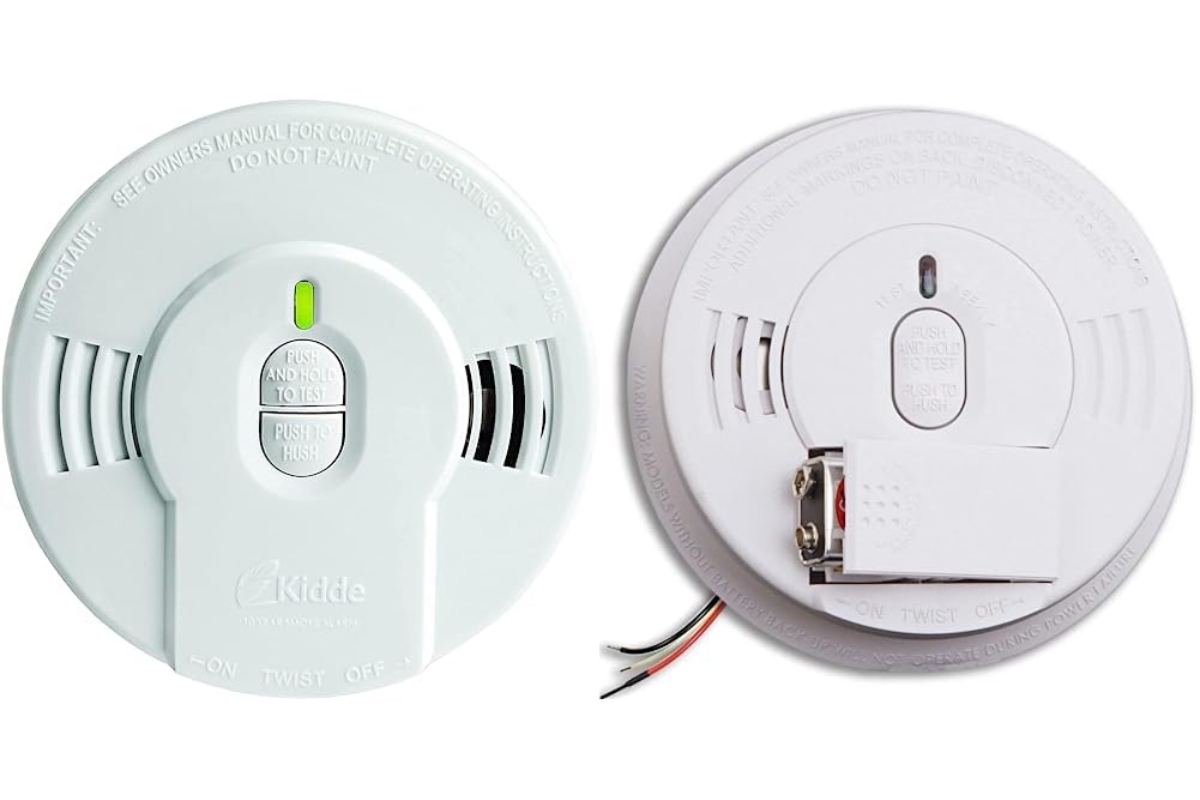
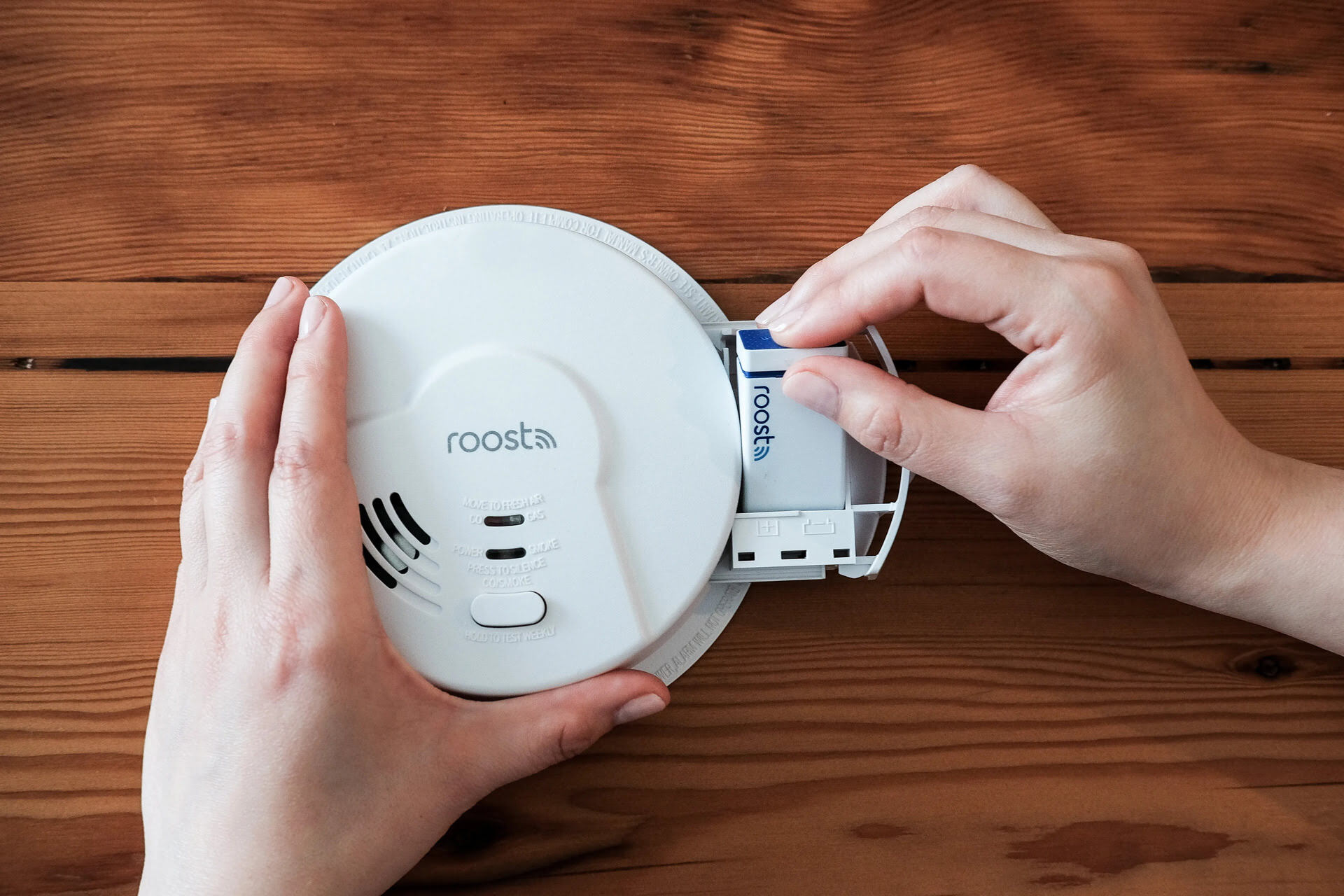
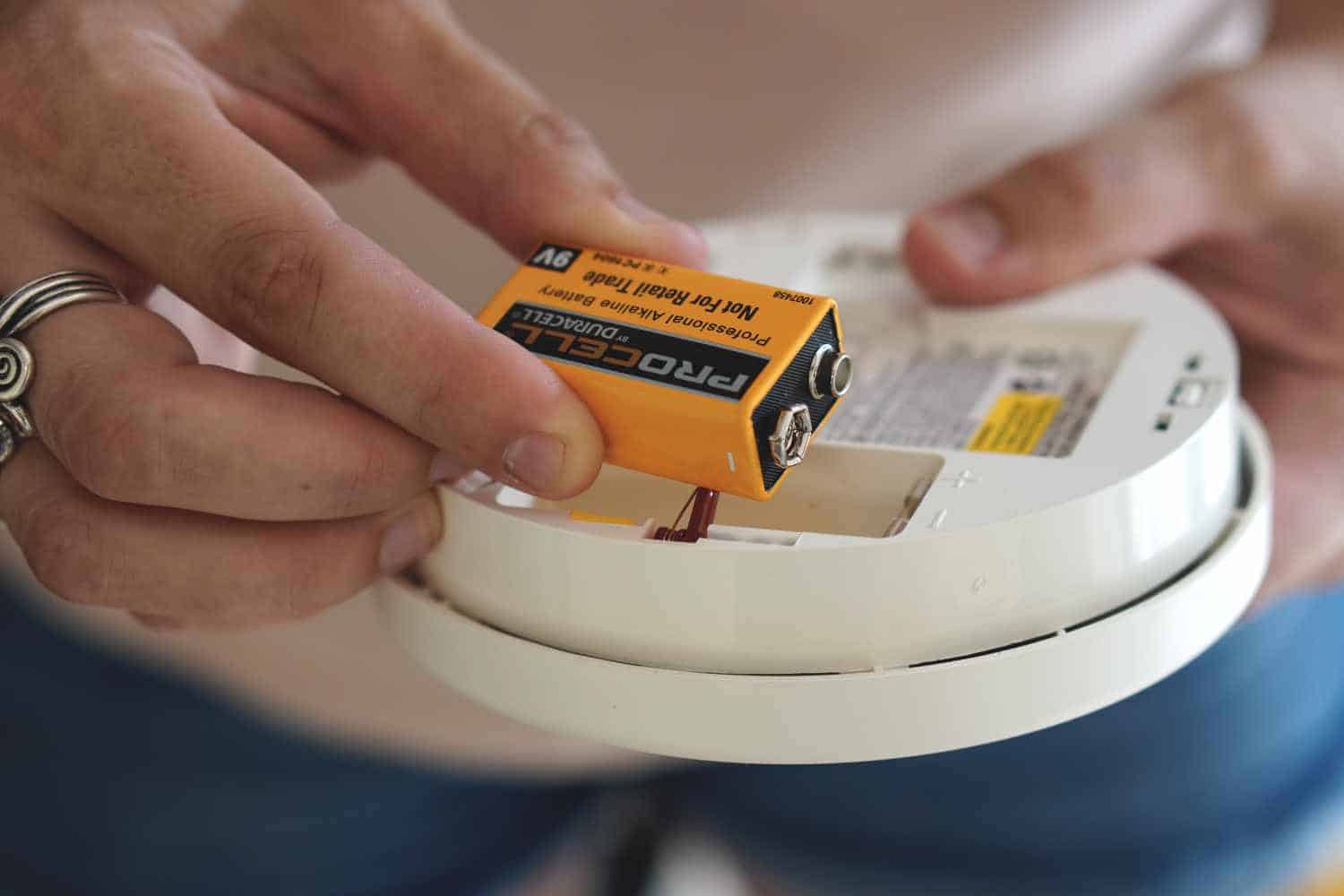
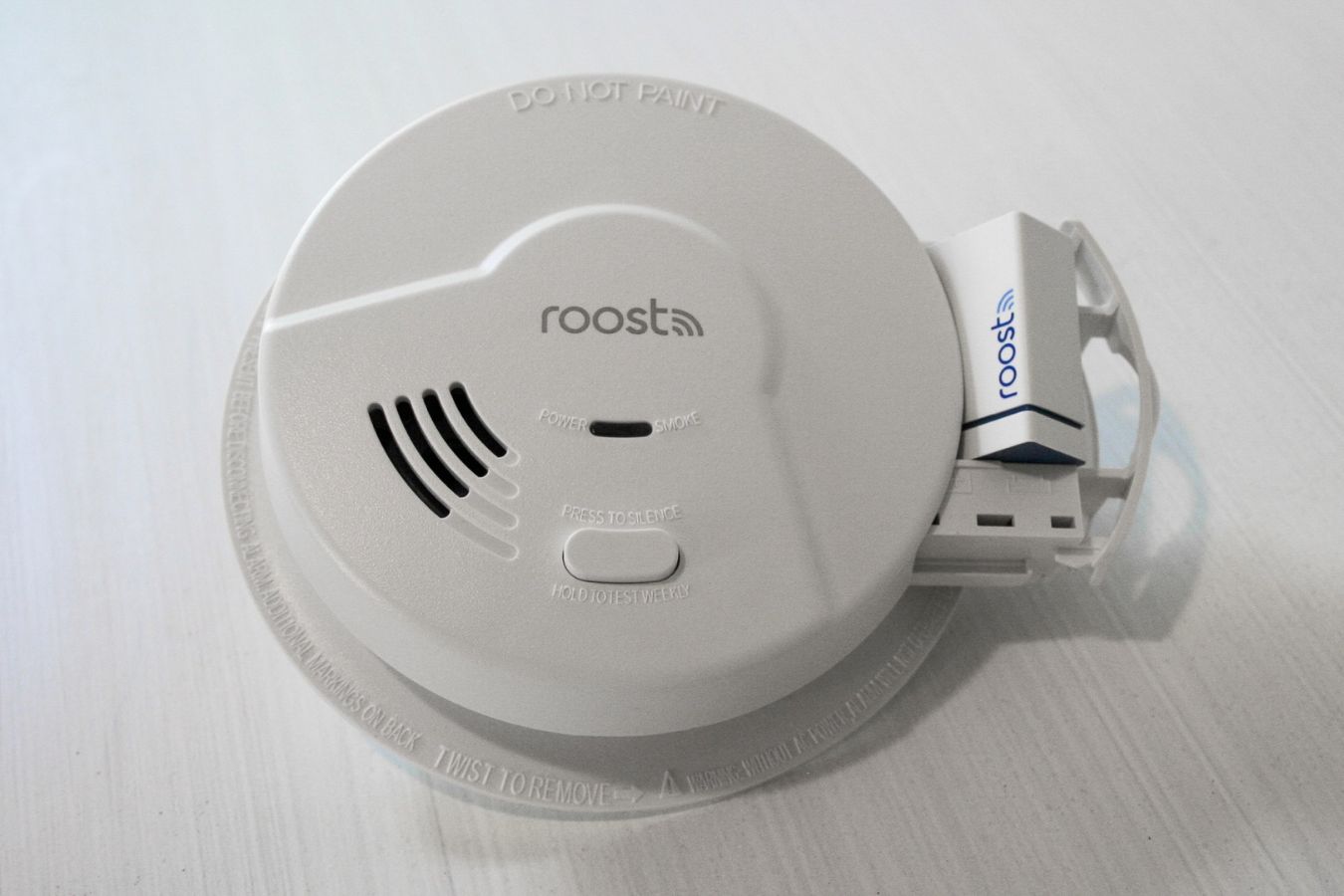
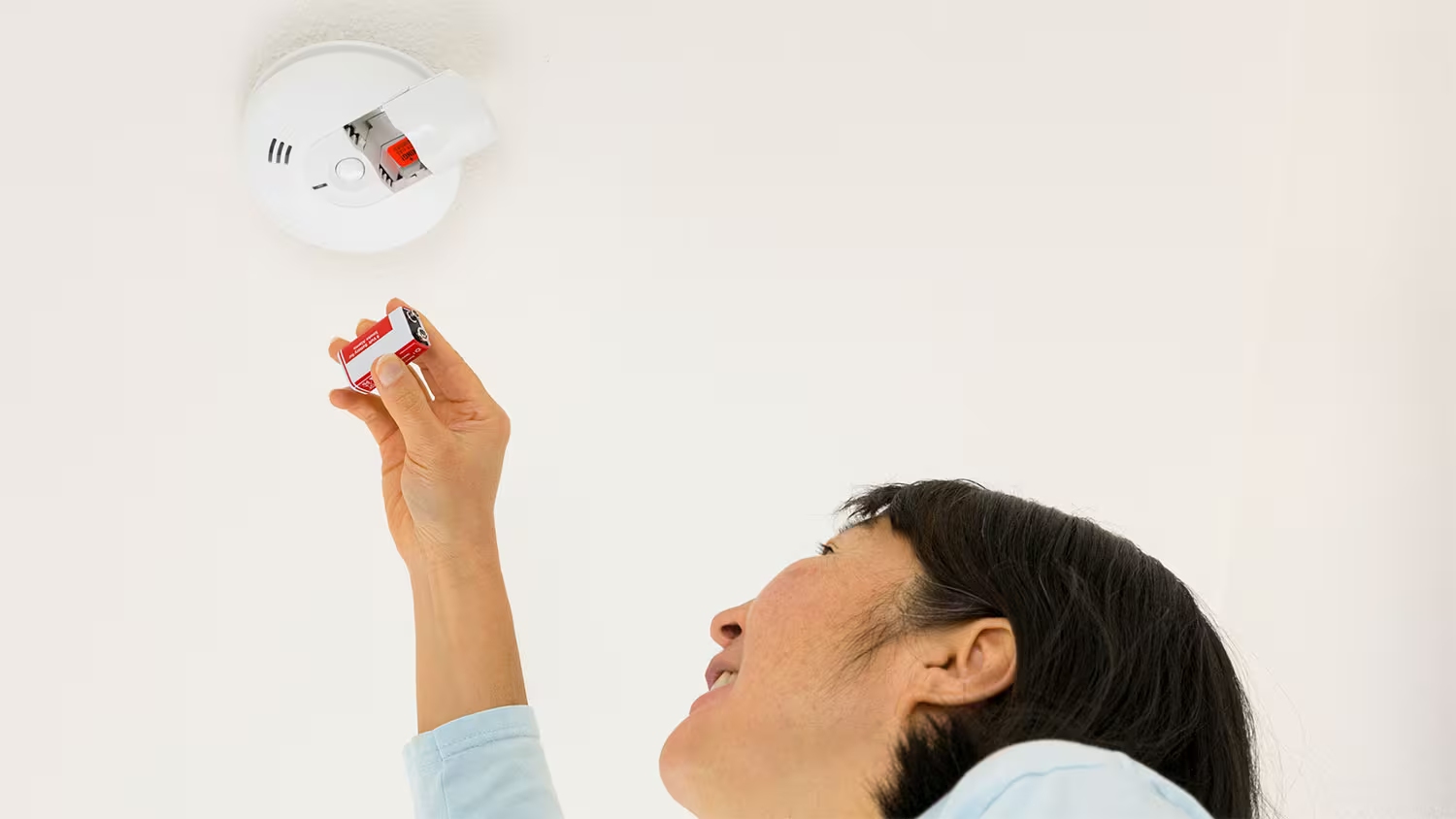
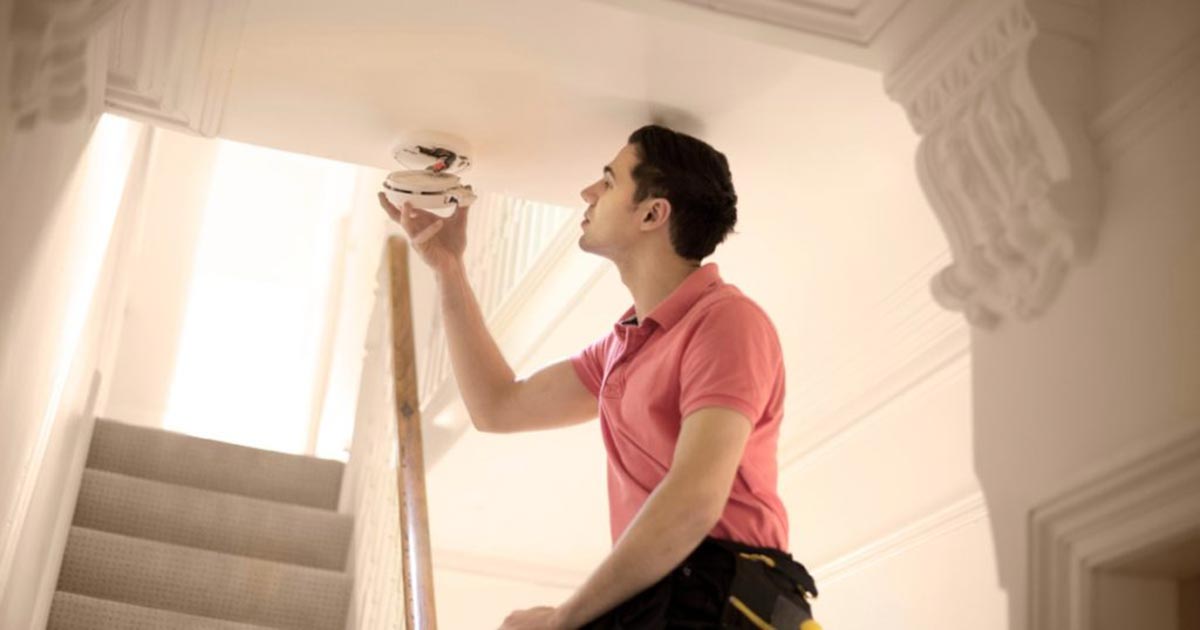
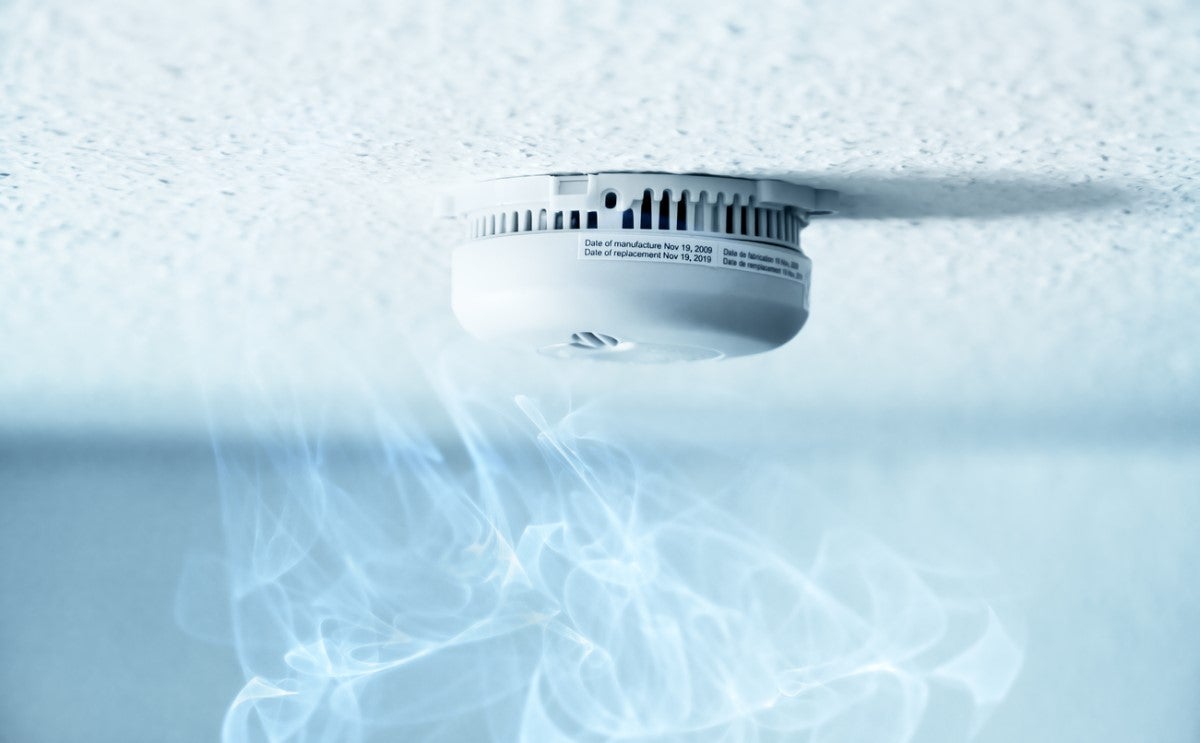
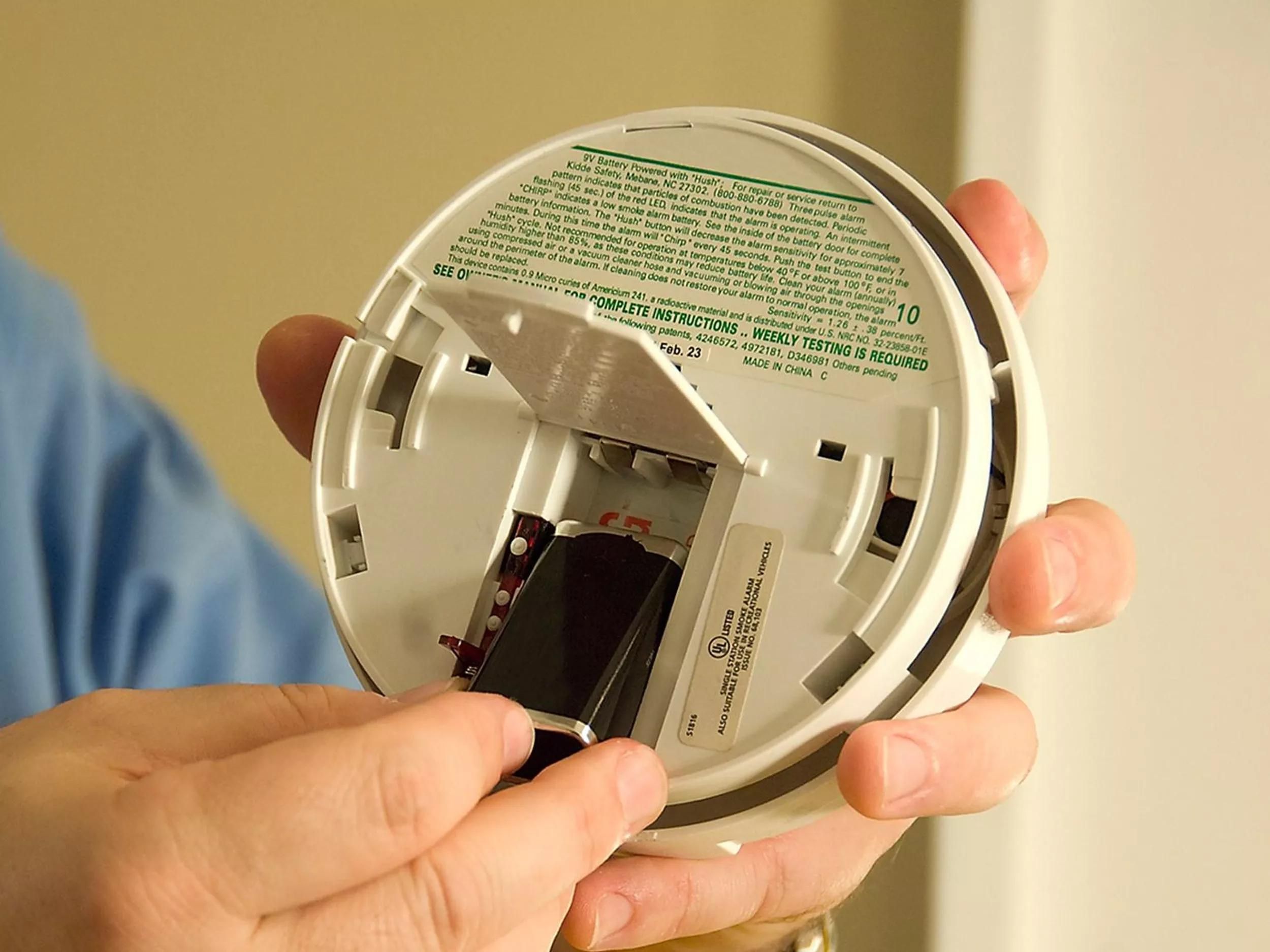

0 thoughts on “How To Determine If A Smoke Detector Needs A New Battery”